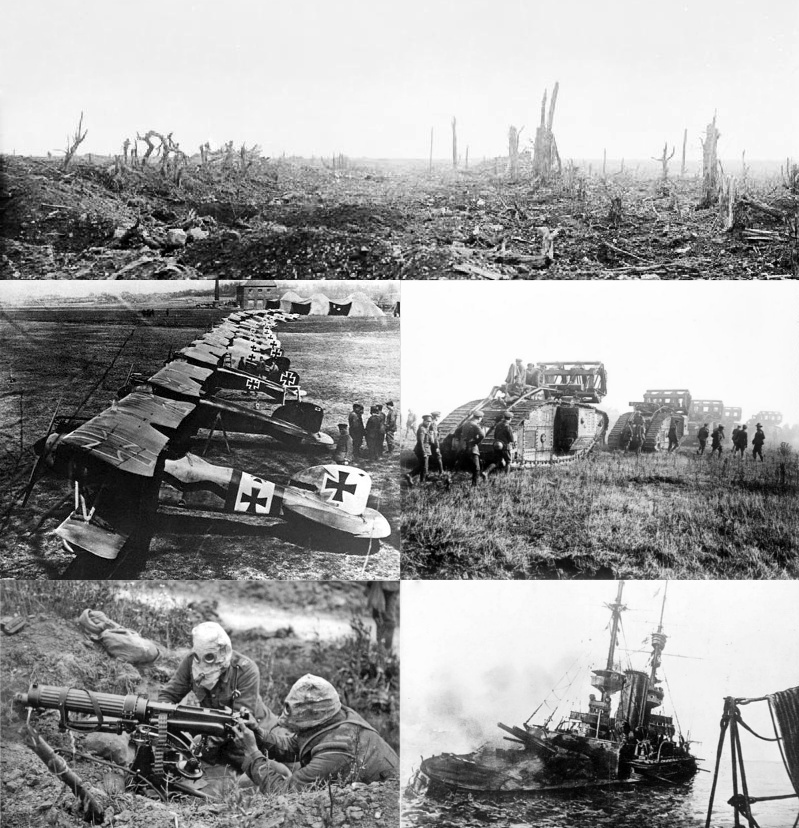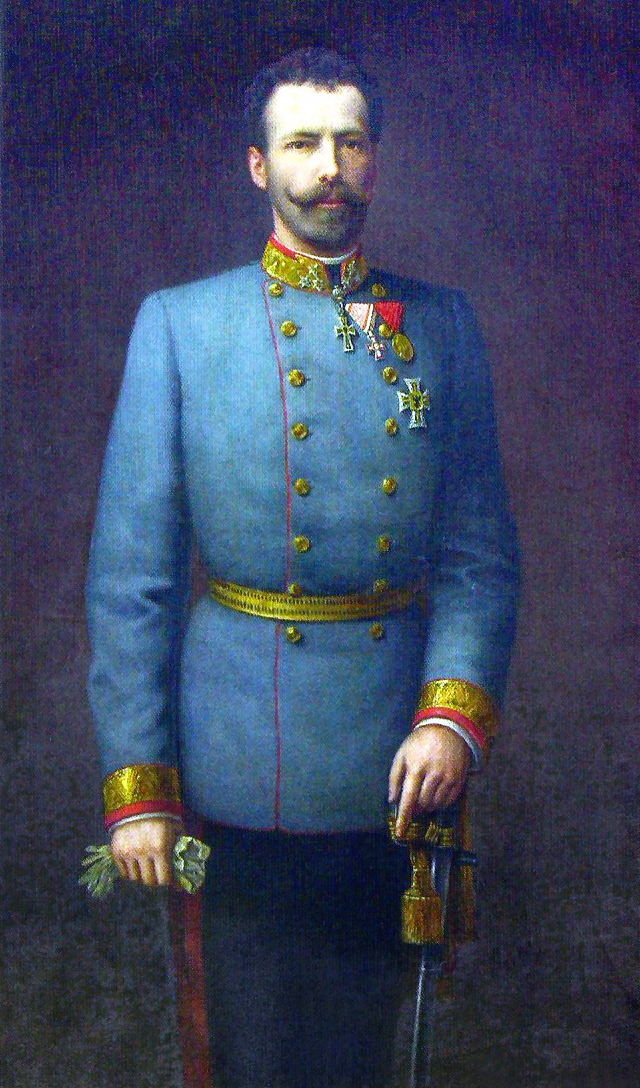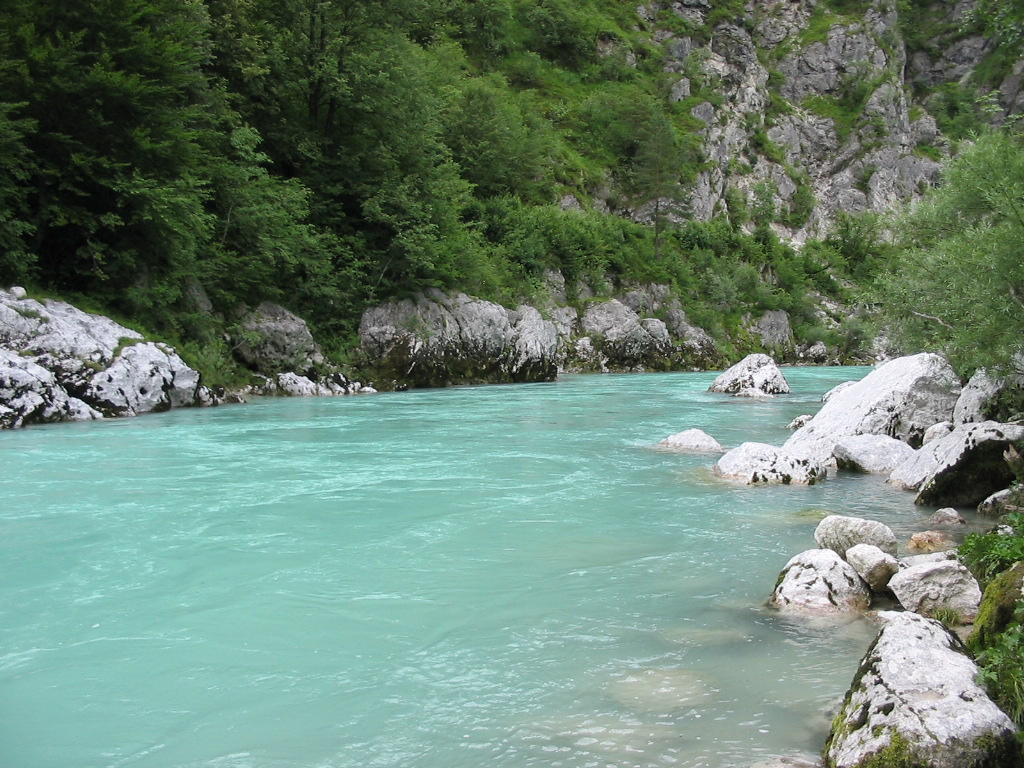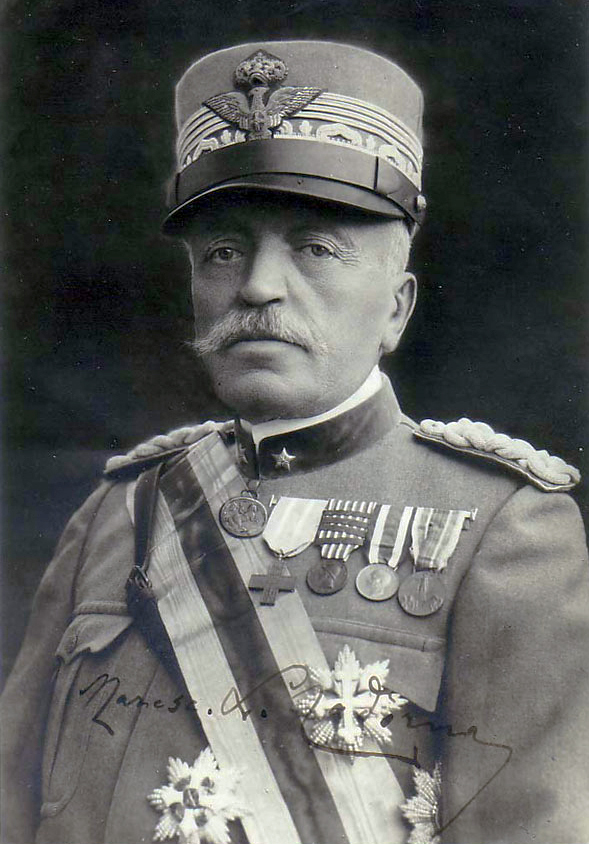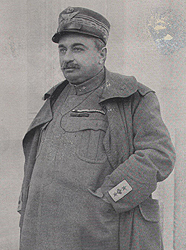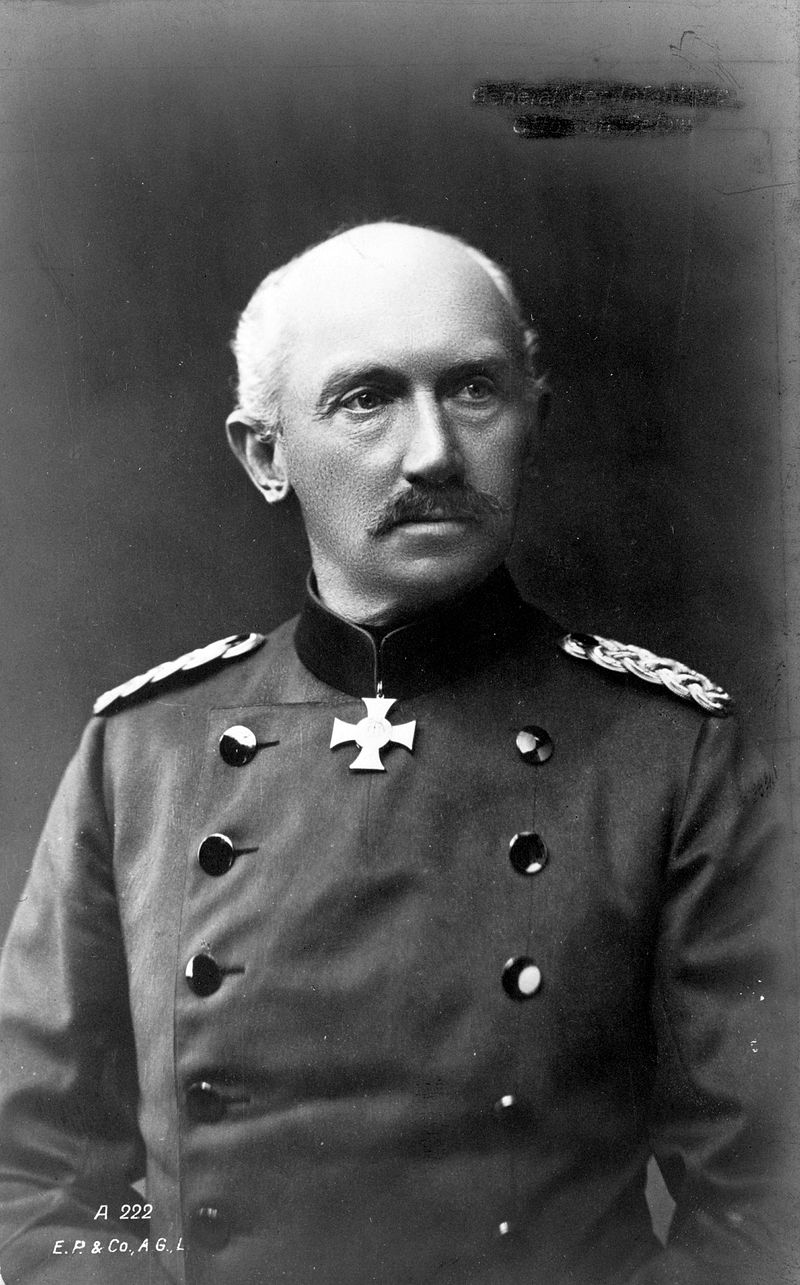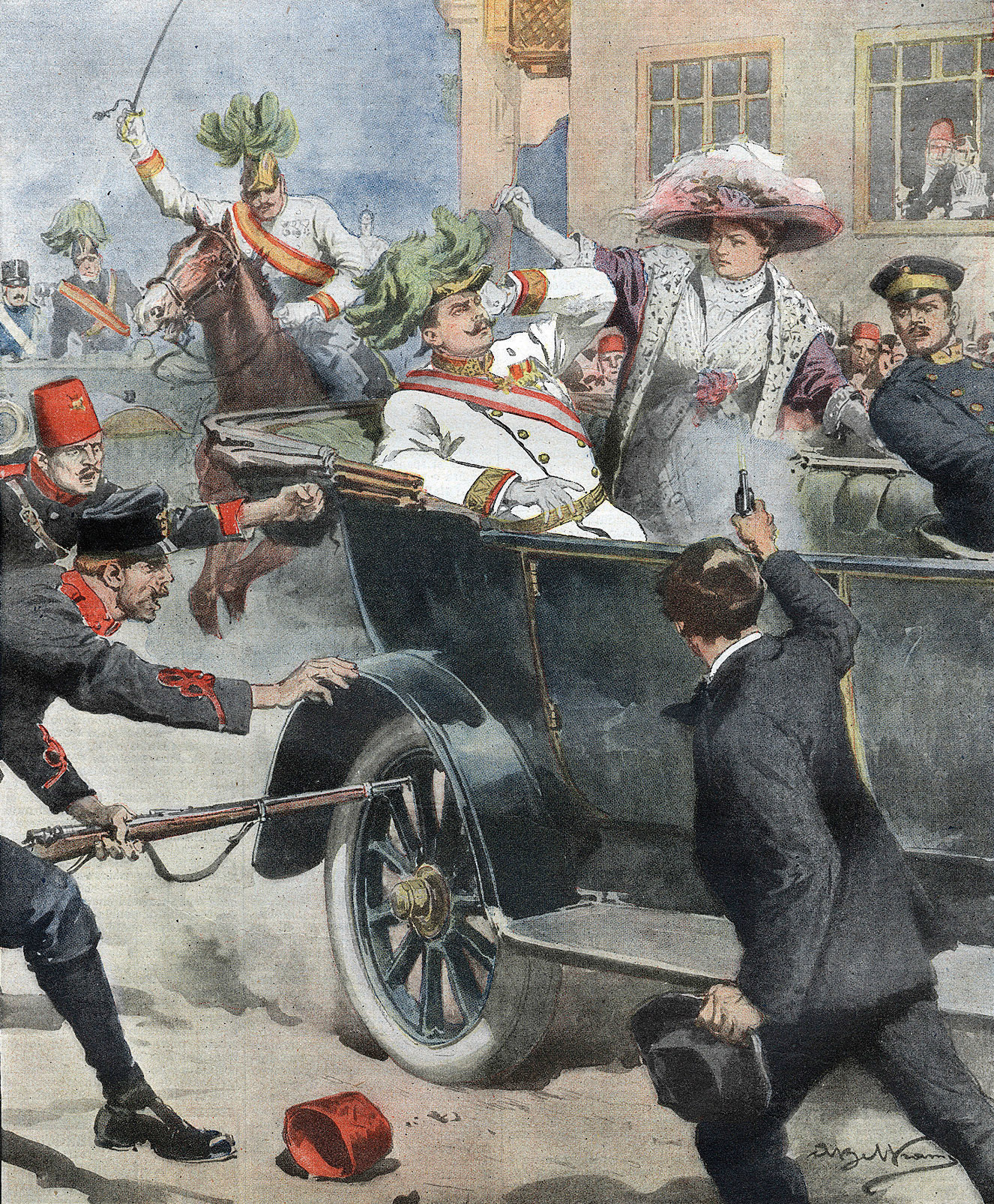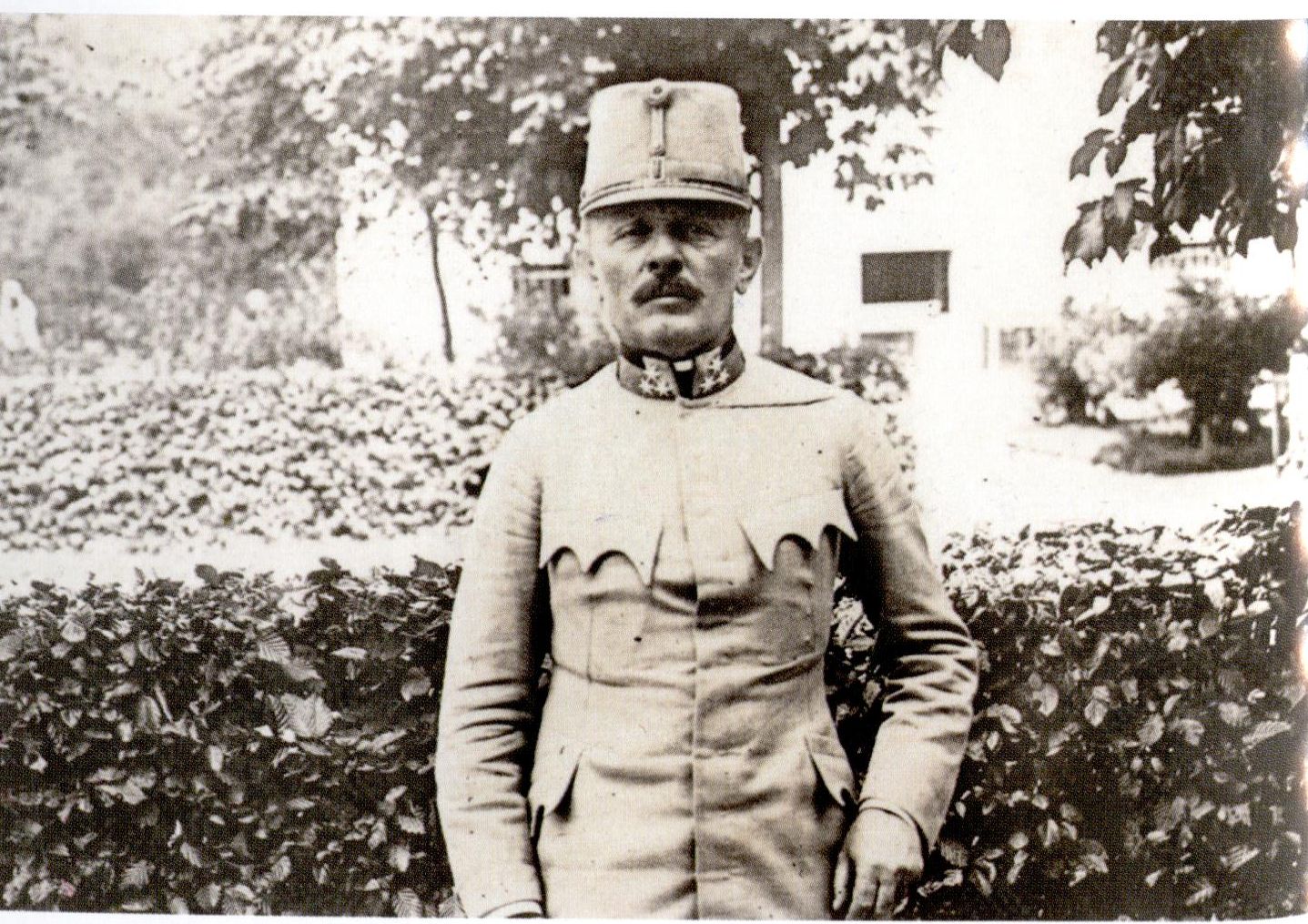Italian front 1915-1917 along the Isonzo river - 2021
Special | A | B | C | D | E | F | G | H | I | J | K | L | M | N | O | P | Q | R | S | T | U | V | W | X | Y | Z | ALL
A |
|---|
A comparative look at the Czech soldiers
The Great War By the Numbers
Illustrative photo
https://en.wikipedia.org/wiki/World_War_I#/media/File:WWImontage.jpg
* The total Number of soldiers who intervened in the First World War, fighting for the Allied Powers and the Central Powers ** This category includes Historical territories of Bohemia with the superiority of Czech speaking districts
Source: https://en.wikipedia.org/wiki/World_War_I
| ||||||||||||||||||||||||||||||||||||||||||||||||||||||||||||
Archduke Eugen von Habsburg-Lothringen
Archduke Eugen Ferdinand was born on 21 May 1863 and died on 30 December 1954. He was son of Karl Ferdinand, Archduke of Austria, and Elisabeth Franziska, Archduchess of Austria.
In 1885 Eugen was designated to the General Staff. From that moment, his career started to rise steeply. He became Lieutenant Colonel of infantry 13th Regiment at first. In 1900 Emperor of Austria appointed him to Commander of XIV. Army Corps in Innsbruck. Next year he gained the rank of Army General. Eight years later he was nominated as an Army Inspector and Senior Defence Commander for the Tyrol.
After the Beginning of the First World War he was entrusted with command of the Troops in the Balkans, where he reorganized the 5th Army. Since 1915 he was Commander at the "Southwest Front" against Italian Army. In November 1916 he gained the promotion of Field Marshal. Eugen became famous mainly for his activities during the Battles of the Isonzo. Following the breakthrough in Caporetto, he retired in December 1917.
After the End of the Great War and the Destruction of the Habsburg Empire he lived in Switzerland until 1934. After that Eugen returned to Austria. He died on 30 December 1954 in Merano, Italy.
Source: RÁC, R.: Arcivévoda Evžen Habsbursko-Lotrinský 1863-1954, Sovinec / Eulenburg 2005.
Eugen Ferdinand Source: https://en.wikipedia.org/wiki/Archduke_Eugen_of_Austria#/media/File:F_Behrens_–_Eugen.jpg | ||
C |
|---|
Conrad von Hötzendorf
General Franz Condrad von Hötzendorf (1852-1925) was commander-in-chief of the Austro-Hungarian Army from 1906. He had a profound distrust of the Italian alliance. In the pre-war period, he made all effort to point out to Emperor Franz Joseph in his memorandums the ambiguity and unreliability of Italian foreign policy. He even twice suggested to oppose against Italy by force - in 1907 and, in particular, in 1911, after the Italian military invasion of Tripoli. He has gained the reputation of a dangerous radical and a supporter of the preventative war. He has always been vigorously refused, and has fallen into a permanent disgrace to the Emperor. Conrad succeeded in attaining at least one thing - building a line of modern fortifications on the Tyrolean and Carinthian frontiers with Italy, which significantly completed the existing fortresses from the second half of the 19th century. In the event of a conflict, the fortresses should not only prevent the invasion of the enemy in the territory of the monarchy but, above all, protect the wing and rear of their own operational armies that would enter Veneto in case of war. He became Chief of the General Staff in December 1912 and held command of the Army until March 1917.
Source: KODET, R.: Franz Conrad von Hötzendorf – zapomenutý vojevůdce, In: Historický obzor, Praha 2007. p. 179-182.
Conrad von Hötzendorf Source:
| ||
I |
|---|
Isonzo
The Isonzo is the alpine river springing in the Julian Alps on the northern slopes of Trenta valley. The name of the river Soča (in Slovenian) or Isonzo (in Italian) became in history of Great War a synonymum for mass battles associated with the unprecedented use of forces and resources, but also with huge human losses. That is why Isonzo is called the "bloody river". Isonzo flows through the Trenta valley to the south, then to the southeast and flows around Bovec. At Žaga, Isonzo turns to the southeast toward Kobarid (in Italian Caporetto) and then runs past towns Tolmin, Kanal ob Soči, Deskle and Plave. In this section are mountain ridges on both sides of watercourse towards Gorizia where the hard fighting of the Great War took place. Isonzo leaves Slovenian territory at Solkan and heads to the southwest towards Gradisca d'Isonzo. Isonzo enters the Adriatic Sea close to the town Monfalcone.
Source: FUČÍK, J.: Soča (Isonzo) 1917, Bojiště českých dějin, Prague-Litomyšl 1999.
Isonzo river Source: | ||
L |
|---|
Luigi Cadorna
General Luigi (Conte di) Cadorna (1850-1928) came from an old piedemontese aristocratic military family in Pallanza. He graduated from the Military Academy in Turin and then served briefly at the Army headquarters in Rome. In 1892-1896 he commanded a battalion of the 62nd infantry Regiment as Colonel, then he was in charge of the 10th Bersaglieri Regiment. With his promotion to Lieutenant General, he took over command of the division and in 1910 he led the Army Corps in Genova. He completed his pre-war career as a commander of the 2nd Army. When Italy declared war, he held the post of Chief of Staff of the Italian Army (the chief commander was formally King Vittorio Emanuele III of Savoy).
Luigi Cadorna
Source: https://en.wikipedia.org/wiki/Luigi_Cadorna#/media/File:Luigi_Cadorna_02.jpg
Cadorna contributed to the preparations of the army for war. But in the moments went the army entered battle, he lacked the necessary imagination, strategic invention, flexible thinking, and courage to break away from the army doctrines and dogmas at the crucial moment. This was reflected during the eleven Isonzo offensives, in which the weaknesses of Cadorna´s rigidly repetitive schematic solutions were compensated by unprecedented numbers of forces and resources. The insignificant results of these battles resulted in the disastrous defeat of the Italian army at Caporetto, after which Cadorno was recalled. He was replaced by Lieutenant General, later Marshal, and Italian Minister of War, Armando Diaz. At the end of the war he was sent to serve as the Italian representative of the Allied Military Council at Versailles. After the war, he published his memoirs explaining his point of view of the war events. He had a quiet old age and died in Bordighera at the age of 78.
Source: JORDAN, D.: The Balkans, Italy and Africa 1914-1918, London 2008 FUČÍK, J.: Soča (Isonzo) 1917, Bojiště českých dějin, Prague-Litomyšl 1999.
| ||
Luigi Capello
Luigi Capello was born on 14 April 1859 and died on 25 June 1941.
In the Kyrenaica he took part in the Italo-Turkish War (1911-12), where he served as a one of the Commanders of the Italian Troops. In the course of the First World War he commanded several Military Units. From June 1917 until the Defeat in the Battle of Caporetto Luigi was in charge of the 2nd Italian Army.
After the End of the War he entered the National Fascist Party, but in 1923 he was expelled for the connection to the Freemasonry. In the mid-1920s he collaborated on the oncoming assassination against Benito Mussolini. The plan misfired and consequently he was imprisoned until 1936.
Luigi Capello passed away on 25 June 1941 in Rome.
Source: MANGONE, A.: Luigi Capello, Milan 1994.
Luigi Capello Source: https://en.wikipedia.org/wiki/Luigi_Capello#/media/File:General_Luigi_Capello.jpg | ||
O |
|---|
Otto von Below
Otto Ernst Vinzent von Below was born on 18 January 1857 and died on 15 March 1944.
In 1909 he achieved the rank of General Major and three years later he was promoted to Generalleutnant. Concurrently he was appointed to the command of 2nd Division.
After the outbreak of the Great War he instantly fought in several battles on the Eastern Front, such as Gumbinnen, Tannenberg and Masurian lakes, in which he led the I. Reserve Corps of the 8th Army. After his achievements he was appointed to command of the 8th Army. In future he was sent to the Macedonian Front and the Western Front, where he held command positions. In September 1917 he was reassigned to the Italian Front, where he distinguished himself especially in the Battle of Caporetto. He also used a poison gas to destruction of the Italian Second Army. In February 1918 he returned to the Western Front.
In 1919 Below retired from Active duty. Otto von Below died on 9 March 1944 in Friedland.
Source: CRON, H.: Imperial Germany Army 1914-18: Organisation, Structure, Orders-of-Battle, Warwick 2013
Otto von Below
Source: https://en.wikipedia.org/wiki/Otto_von_Below#/media/File:Otto_von_Below_LOC.jpg
| ||
S |
|---|
Svetozar Boroević von Bojna
Svetozar Boroević von Bojna was born on 13 December 1856 and died on 23 May 1920.
This field marshal came from a military frontier family from Croatian Umetic. In 1872 he joined the Budapest 52nd Infantry Regiment as Lieutenant. At the age of 22, he participated in a military campaign in Bosnia, where he distinguished himself in fighting for Sarajevo. In 1884 he graduated from the General Staff school and became a teacher of tactics at the Theresian Military Academy in Winer Neustadt. He rose steadily through the ranks and in 1905 was promoted to the nobility, adding the suffix “von Bojna” to his surname.
After Italy´s war declaration, he was posted to the Isonzo front as commander of the 5th Army, with which he fought eleven battles on Isonzo. Upon their completion, he took part in the offensive at Piave in October 1917. During the final fighting on the Italian front in 1918 he commanded a group of troops bearing his name. A final promotion to field marshal ensued in 1918. Following the collapse of Austria-Hungary, Boroevic retired in December 1918.
After the war, his personal property was confiscated by his compatriots. The Croatian government refused to grant him a pension, so he lived in poor conditions, existing only from a small stipend from the Military Order of Maria Theresa in Klagenfurt. There he died of a heart attack. In 1920 his remains were transferred to Vienna, where they were entombed with the front soldiers in the arcades of the Vienna Central Cemetery.
Source: JORDAN, D.: The Balkans, Italy and Africa 1914-1918, London 2008. FUČÍK, J.: Soča (isonzo) 1917, Bojiště českých dějin, Prague-Litomyšl. 1999.
Svetozar Boroević von Bojna
Source: Manfried RAUCHENSTEINER, Waffentreue (Die 12. Isonzoschlacht 1917), Wien 2007.
| ||

